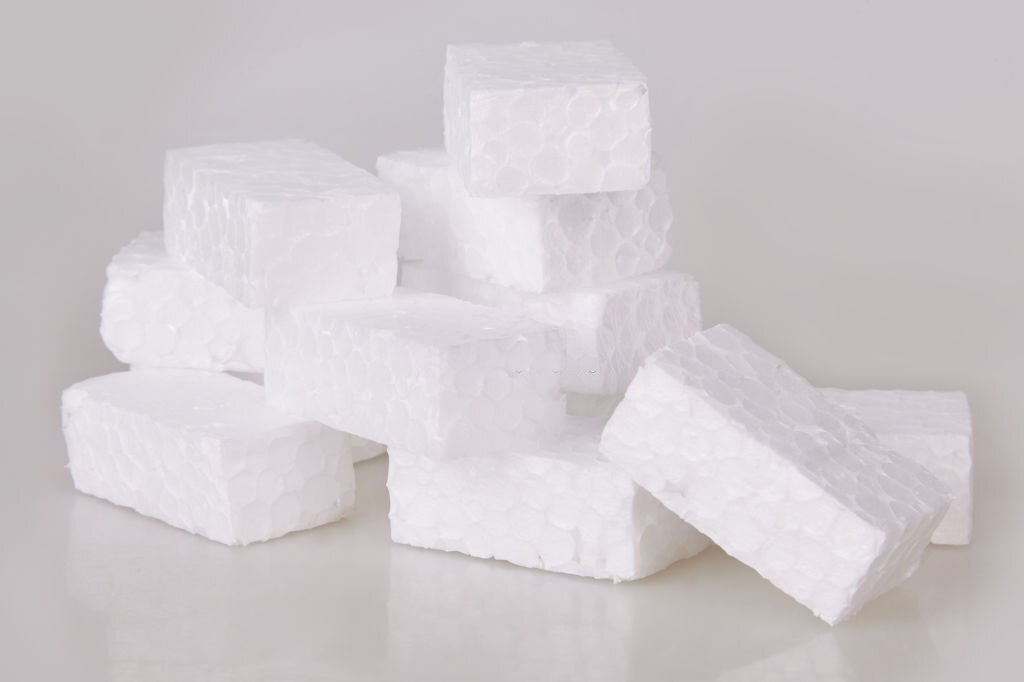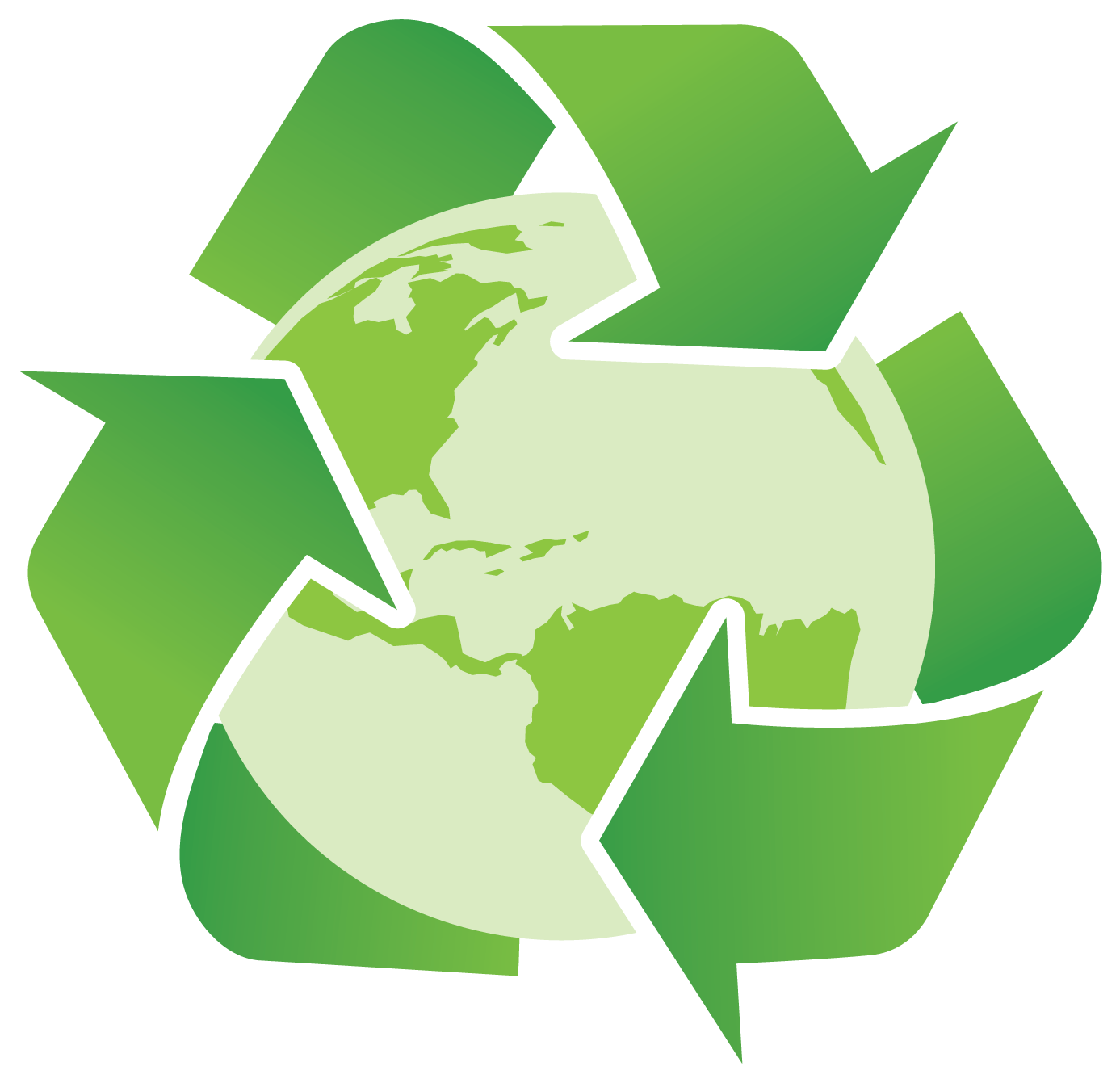Foam Recycling
The simplest approach to recycling foam padding is to contribute it to a good cause or sell it so that it may be utilized somewhere else. However, the components are torn and used to create new items when they are delivered to the proper recycling facility. For instance, carpet foundation is occasionally made with recycled foam used in bedding and related materials.
The items must only be reprocessed utilizing pricey, sophisticated gear, which adds a layer of complexity to the process. Although not all councils collect these materials, many recycling businesses do. The reason that foam products don’t readily decompose naturally is the main drawback of discarding them through a landfill.
Additionally, when the foam degrades, tiny fragments of the substance may be picked up by the air and land in lakes or even other sources of water, further contaminating the ocean. In general, it’s thought that it could take somewhere around five to one thousand years to organically decay. They use a lot of the limited space at dump sites throughout that season, which is currently busy.


Products made of stretched foam can sometimes be recycled, however, they need to be transported to the right facility to be reused and given an additional life. The remainder of your metal garbage may then be disposed of with them. When the foam padding is no longer necessary, you must try to discover another purpose to use it or contribute to it first because doing so offers the material a second life while depending on landfills.
To start, make sure it is complete and unharmed in any way—it cannot be punctured, scraped, or damaged in any manner. You should perhaps make sure that perhaps the container is discarded properly because the great majority of enlarging foam products are supplied as sprays.
There are many different ways to dispose of foam trash, and several of them include finding alternate applications for the components or making sure they go to the right recycling site. We can assist if you are unsure of how to dispose of your foam trash. Additionally, as a sole trader, your plastic waste and distribution strategy needs to comply with legal requirements. Although there is no explicit legislation regarding foam trash, it is covered by other laws, for example, the Environmental Protection Act.
The Cyber Yard has generations of industry knowledge that enables us to handle a wide range of waste materials, including ones that could be a bit trickier to get rid of, like foam trash. It’s advised that you keep your foam trash separately, even though some types of foam material, such as electronic waste, can be discarded with the balance of the dry mixed recycling.
For instance, many people mistakenly assume that increasingly broad or foam plastic can sometimes be recycled because regular polystyrene cannot; however, this is untrue. You can prevent cross-contamination of such waste material kept at your plant in this manner.
Electronic waste is indeed recycled in large quantities, with the numbers continually increasing. Contrary to popular misconception, most foam waste may be recycled. Fortunately, new developments in foam waste disposal technology are making foam recycling simpler and more widely available. Some communities have included foam in their doorstep and drop-off pickup systems as a result of technological advancements that have improved the efficiency of recycling foam.
Because foam seems to be a thermoplastic, it may be recycled again. by utilizing commonly accessible compactors made especially for foam. Many objects we use every day, like picture frames, crown moldings, baseboards, plant boxes, and more, may be made from recycled foam. Additionally, it may be recycled creating insulation foam to increase the energy consumption of your dwelling or returned to the wrapping paper to assist in safeguarding breakables.
Contact us now!
So, book a call with us now, and let us handle the destruction of your assets the right way!
